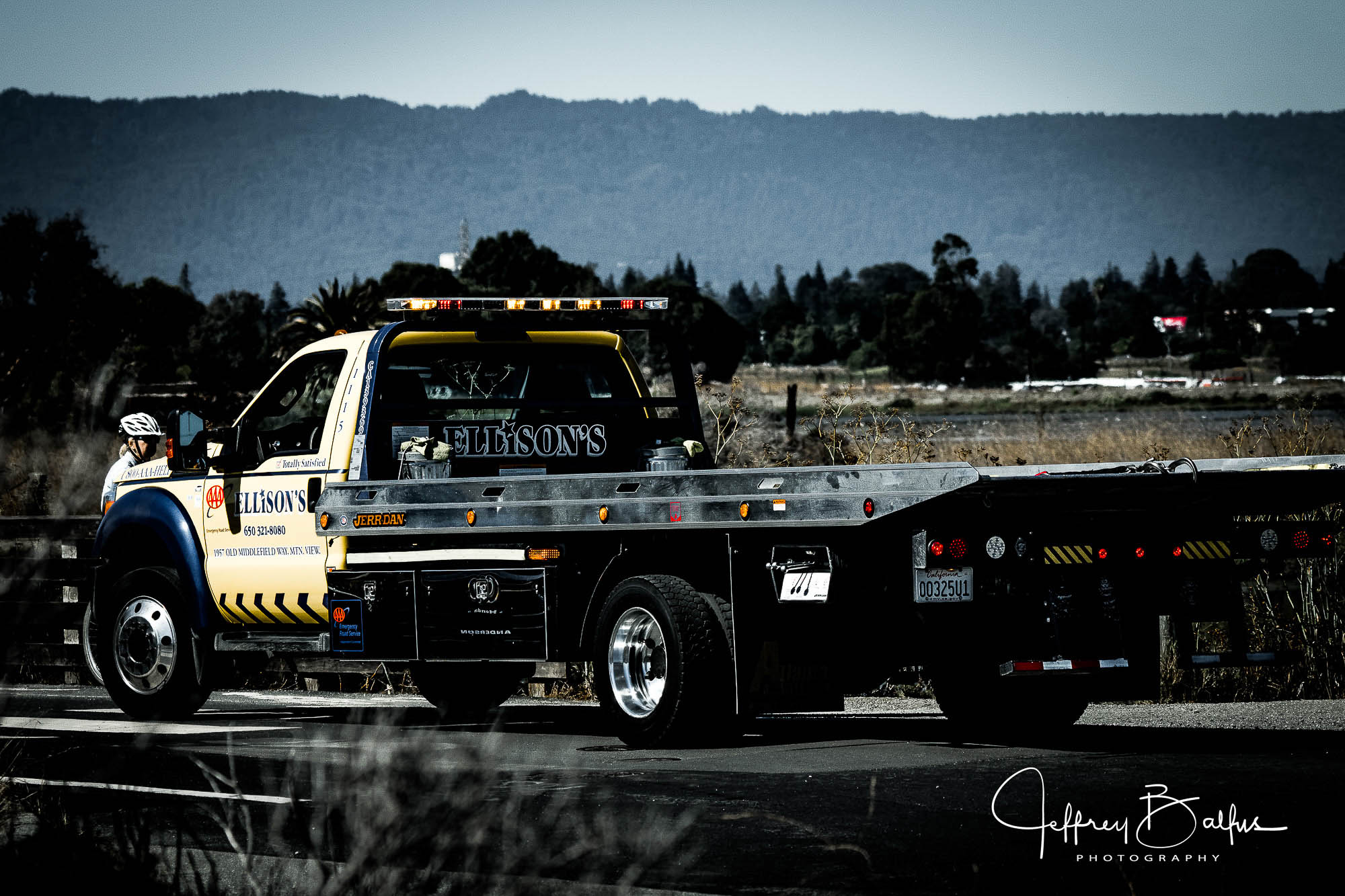Tow trucks are an essential part of the automotive industry. These vehicles are used to transport cars, trucks and other vehicles from one location to another. But how does a tow truck lift a car?
The Hydraulic System
Tow trucks use hydraulic systems to lift cars. These systems use pressurized fluid to create force, which is then transferred from one area to another.
When the tow truck’s hydraulic arm is extended, the fluid is forced through a cylinder and then directed downward towards a lifting plate beneath the vehicle. As the fluid moves into the plate, it generates an upward force that lifts the car off the ground.
The Lifting Plate
The lifting plate is a metal platform that sits beneath the vehicle and has several holes in it. These holes serve as connections for two small cylinders that extend down from the tow truck’s hydraulic arm when it is fully extended and ready to lift a vehicle. The cylinders fit into these holes and connect with them, allowing for the pressurized fluid within them to push against them and generate enough force to lift up a car or other vehicle off of its wheels.
Safety Features
Modern tow trucks are equipped with numerous safety features that help protect both drivers and passengers while they are being towed or lifted by a tow truck. Many of these features involve locking mechanisms that prevent accidents by ensuring that only one end of the car is lifted at a time, making sure that all four wheels remain firmly on the ground until they reach their destination. Additionally, many tow trucks have sensors onboard which will automatically shut off if any part of the vehicle comes into contact with anything else during transportation or lifting operations.
In conclusion, tow trucks use hydraulic systems as well as lifting plates and safety features to safely lift cars off their wheels for transportation purposes. By using pressurized fluid within its cylinders, a tow truck can generate enough force to securely lift up any type of vehicle without risking damage or injury to passengers or drivers.
